Unplugging household appliances isn’t just about saving a few bucks on your energy bill—it’s a simple, smart step toward making your home safer and your devices last longer. Many electronics continue to use electricity even when turned off, a phenomenon called “phantom” or “standby” power. This hidden drain can account for up to 10% of your home’s energy use. Unplugging devices also reduces fire risks and protects against power surges, especially during storms. Here are five common appliances you should always unplug after use, along with tips to improve your home’s safety.
1. Toasters and Toaster Ovens
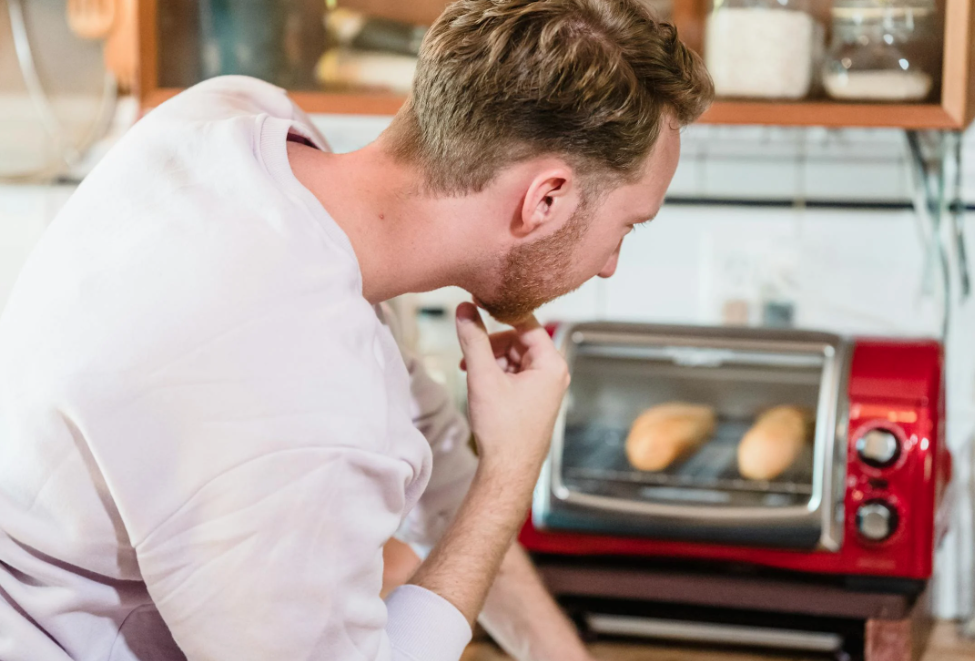
These kitchen staples are used daily, but few people realize they pose fire hazards when left plugged in. Crumbs inside can ignite if a fault occurs, and older models may lack safety features that prevent overheating. Plus, even when not toasting, the appliance continues to pull energy. If placed near flammable materials like paper towels, the danger increases. Make it a habit to unplug your toaster after each use and clean it regularly—it’s a simple step that adds a layer of protection and prolongs its life.
2. Coffee Makers
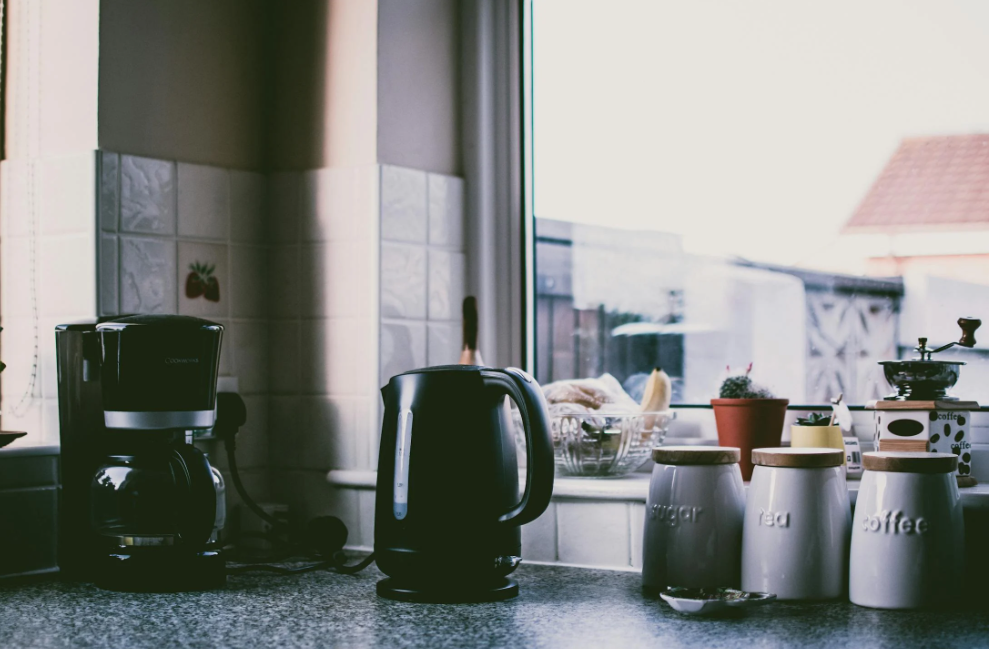
While your coffee machine gets your morning started, it may also be quietly hiking up your electricity bill. Many units stay partially on to power clocks or keep water warm, even when not brewing. That standby power adds up. If an internal component fails while plugged in, overheating or even fire is possible—especially since coffee makers are often near curtains or paper items. Auto-shutoff features help, but they don’t cut all power. Unplugging your machine after brewing ensures both safety and energy efficiency.
3. Air Fryers
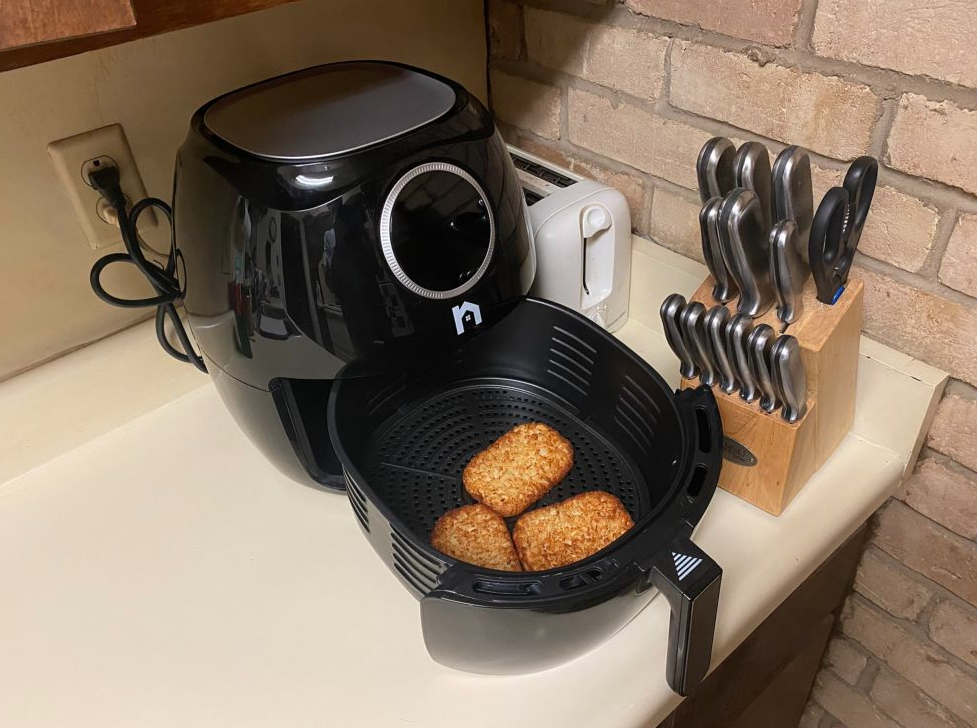
Popular for their convenience, air fryers often have digital displays and memory settings that require constant power. Even when idle, they can consume electricity and pose safety risks if residue near the plug causes a short circuit. Internal components can also heat unexpectedly if left connected. Let your air fryer cool down after use, then unplug it. This practice not only protects your home but helps keep your device running efficiently.
4. Space Heaters

Space heaters provide extra warmth but are one of the leading causes of household fires. Even switched off, many continue to draw electricity when plugged in. If tipped over or bumped, they can short-circuit or overheat—especially concerning in homes with pets or children. Older models may lack safeguards like auto-shutoff or overheat protection. Always unplug your space heater when not in use and never plug it into overloaded power strips. Doing so significantly reduces the risk of fire and equipment failure.
5. Microwaves
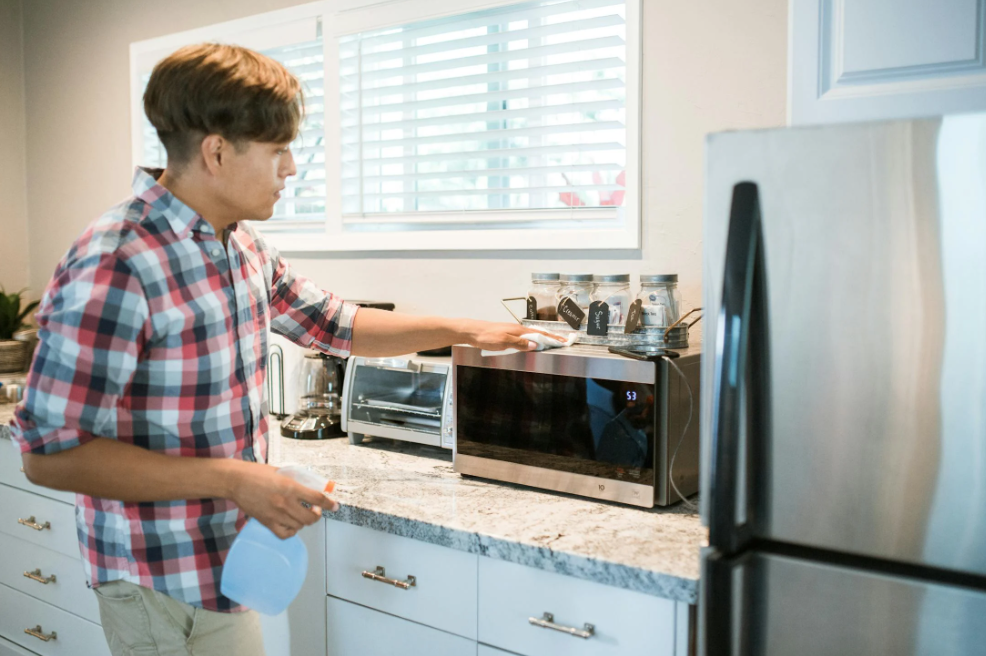
While convenient, microwaves are among the worst offenders for phantom energy usage. That little digital clock and control board stay active, drawing power around the clock. If the appliance malfunctions, leftover food splatters and grease inside can increase fire risk. Older units are especially vulnerable to short circuits. Unplugging your microwave not only saves energy but gives you a chance to clean and inspect it for safety. It’s a habit that pays off in more ways than one.
Bonus Safety Tips
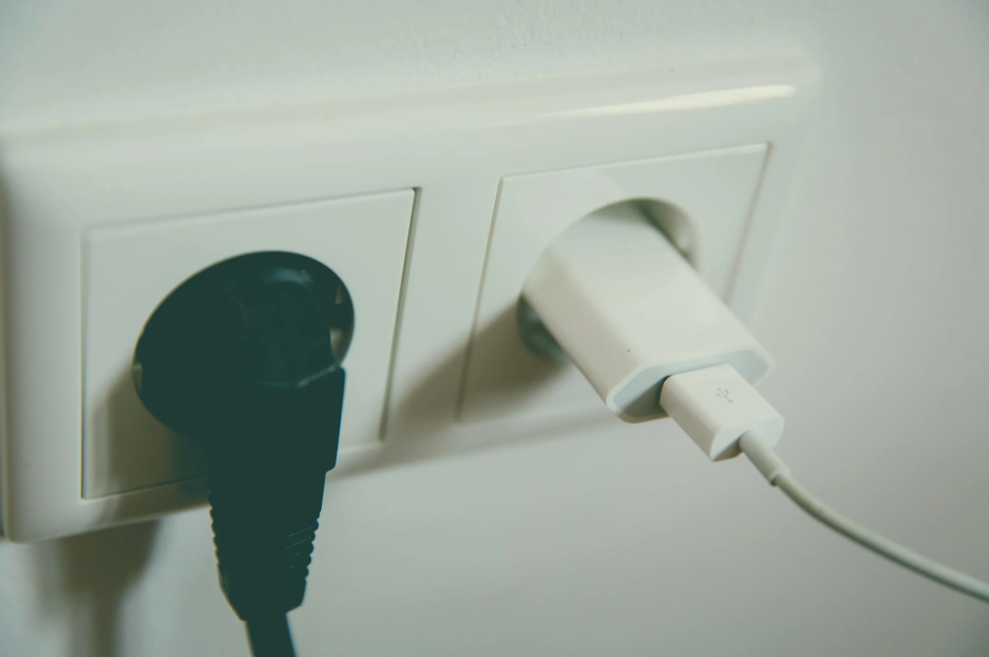
In addition to unplugging devices, consider these home safety measures:
-
Inspect cords regularly for wear, frays, or damage.
-
Avoid overloading outlets or power strips, particularly with high-wattage appliances.
-
Use surge protectors to shield valuable electronics from power spikes.
-
Test smoke detectors regularly and replace batteries twice a year.
-
Keep flammable items away from all heat-producing appliances.
-
Educate children about appliance safety and supervise use when necessary.
Storing appliance manuals in an easy-to-access spot is also helpful in case issues arise.
Easy Energy-Saving Habits
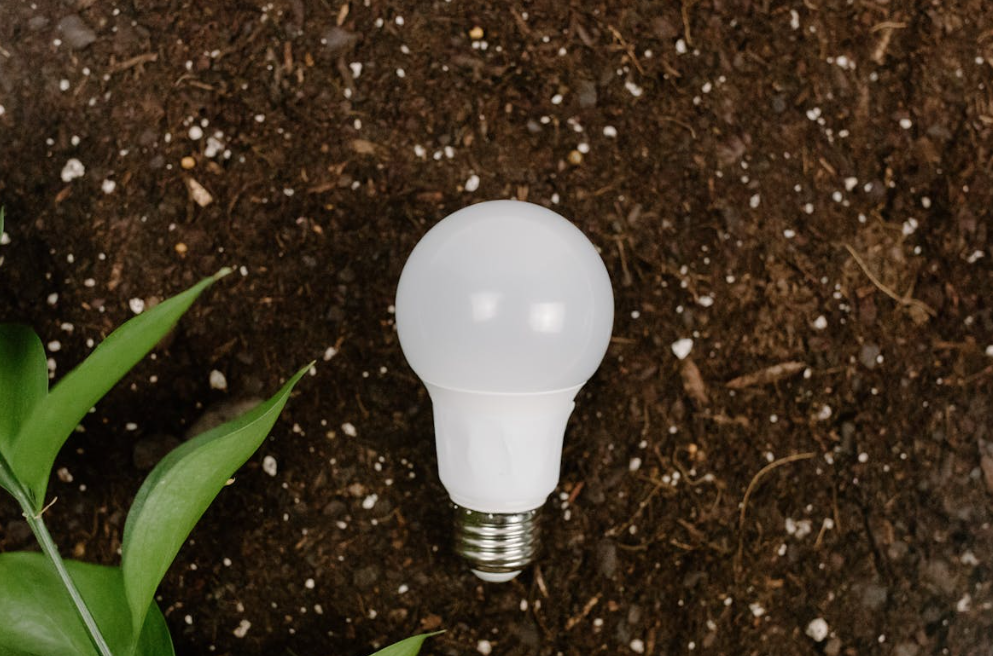
You don’t need to overhaul your lifestyle to cut down on electricity use. Try these smart habits:
-
Swap to LED bulbs—they last longer and use less power.
-
Adjust your thermostat slightly to ease your HVAC load.
-
Wash clothes in cold water and run only full loads.
-
Keep your fridge between 37–40°F for optimal efficiency.
-
Use ceiling fans to support your heating/cooling system.
-
Install smart power strips that shut off electronics when idle.
-
Always unplug chargers and small electronics when not in use.
These simple actions, over time, can make a noticeable difference in your bills and energy footprint.
Final Thoughts
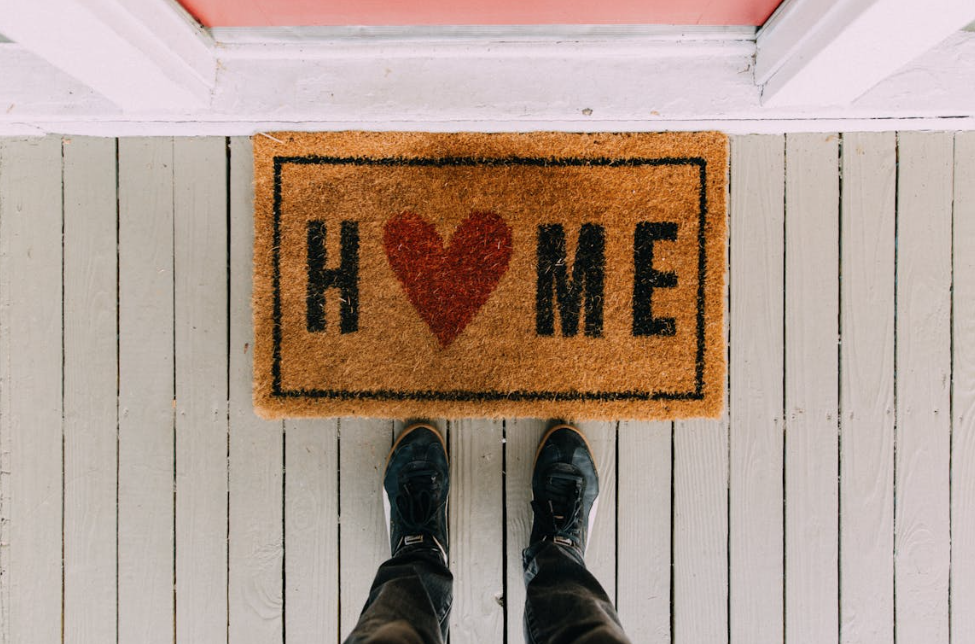
Creating a habit of unplugging appliances after use is a small but powerful step toward a safer and more energy-efficient home. Devices like toasters, coffee makers, air fryers, space heaters, and microwaves may seem harmless, but they quietly consume energy and carry risks when left plugged in. Combine this habit with regular safety checks—like inspecting cords and testing smoke detectors—to build a solid foundation for home protection. Start small: unplug one appliance today, then another tomorrow. Over time, it’ll become second nature—and your home, your budget, and your family will be better off for it.


